This year marks the 30th anniversary of the Hubble Space Telescope, which has opened a new eye onto the cosmos and has been transformative for our civilization.
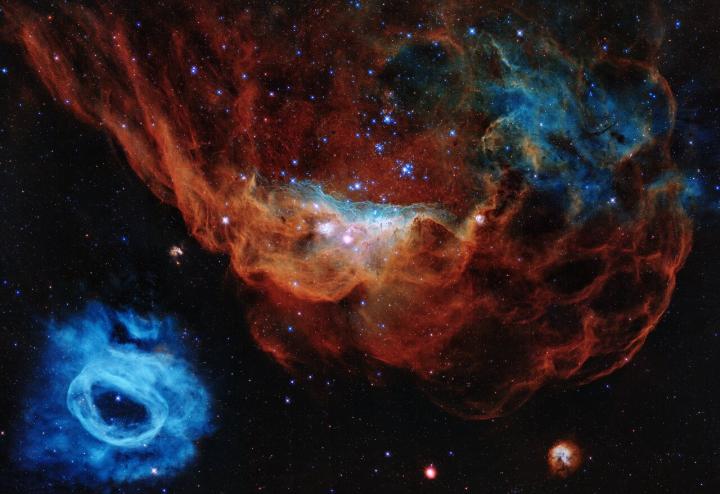

This year marks the 30th anniversary of the Hubble Space Telescope, which has opened a new eye onto the cosmos and has been transformative for our civilization.

How do brown dwarves form, and in what parts of the galaxy?

NASA scientists using virtual reality technology are redefining our understanding about how our galaxy works.
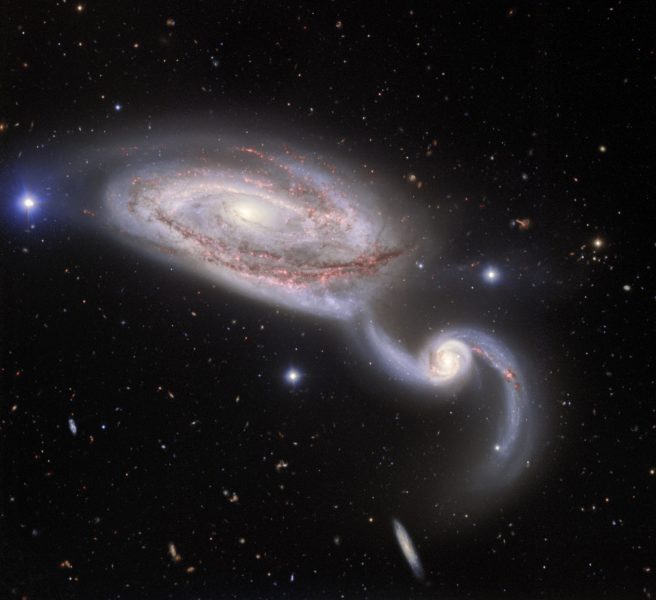
Image of the interacting galaxy pair NGC 5394/5 obtained with NSF’s National Optical-Infrared Astronomy Research Laboratory’s Gemini North 8-meter telescope on Hawai’i’s Maunakea using the Gemini Multi-Object Spectrograph in imaging mode.
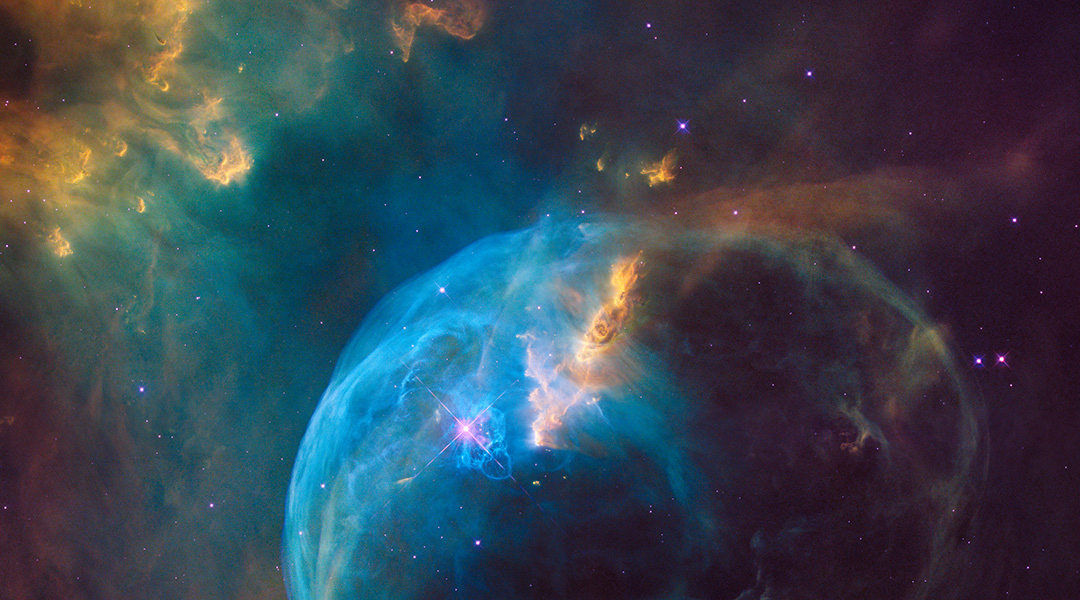
Recent studies incorporating gamma-ray bursts have yielded interesting new results that cast doubt on the validity of the cosmological principle.

Computational methods and tools to analyze ribosome profiling data.
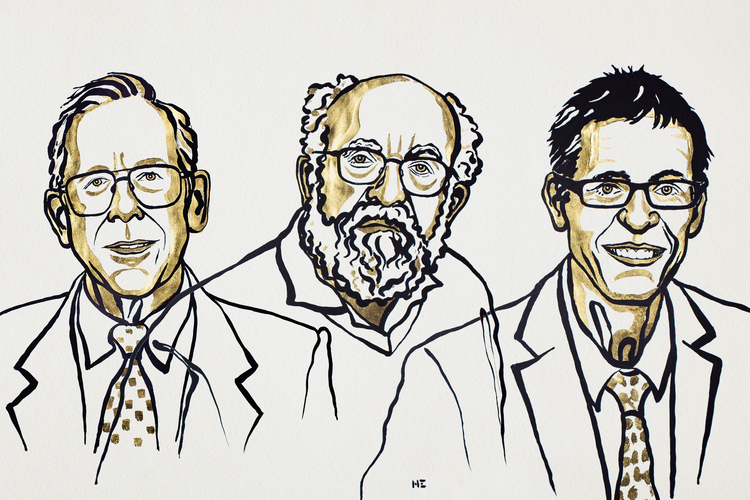
Prize awarded jointly to James Peebles “for theoretical discoveries in physical cosmology” and Michel Mayor and Didier Queloz “for the discovery of an exoplanet orbiting a solar-type star”.

Batteries from a variety of manufacturers are examined using high-speed X-ray imaging to determine their failure mechanisms during thermal runaway.
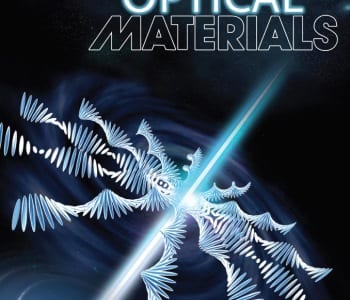
A dynamic photo-alignment technique to design and arbitrarily arrange the in-plane helical axes of cholesteric liquid crystals.
Rice, Göttingen, VU researchers track single-molecule proteins in living cells.